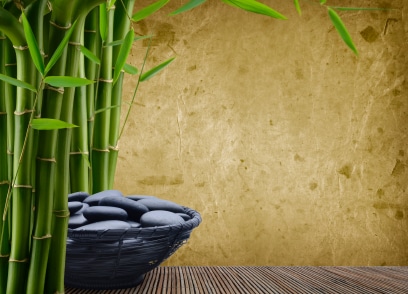Changing The Texture Of Your Walls? Here’s Some Tips

Choosing a paint color may seem like one of the hardest decisions you’ll have to make. But it doesn’t necessarily stop there. Sure, you can simply put a new layer of paint on the walls to change the color, but what about the texture? Can you do something to create an even more dramatic look?
It’s easy to focus in on the color. But when it comes to painting, there is so much more than just a simple brush stroke of paint. Yes, color will change the look. But for an even more dramatic change, consider changing your texture of your walls as well.
Not sure what that means? Start here by reading some of the textures available to you. Then work with your professional painter and talk about your options. You’ll be surprised at how many choices you truly have.
One of the easiest ways to add texture is to start with a textured paint. Textured paint comes in a variety of options – stone, sand and faux finish will all change your look. Textured paint is a good choice when you have blemishes or inconsistencies in your current walls, and are looking for an easy way to cover up small amounts of damage.
Another option is to work specifically with texture to create a desired look and feel before you paint, then apply your choice of colors after the texture is already in place. This will give you endless options as there are many ways to go about adding texture.
Typically your professional painter will use a joint compound and apply it to the walls in small batches as he is applying the texture. The compound is applied at a depth of 1/8 to ¼ inch thick, depending on the desired effects. Consistency is key – you want each section of your wall to look as similar as possible.
Once the compound is applied, working in sections the texture can be applied to the walls. Common tools for adding texture can be brushes, whisk brooms, combs, rollers, sponges, stencils – really anything that allows you to create affects within the walls themselves. The process will be repeated throughout the room until it is complete.
Once the texture is dry, the paint will be applied. Two coats is the standard to make sure paint gets in between and crevices that may have been caused by the new texture.
